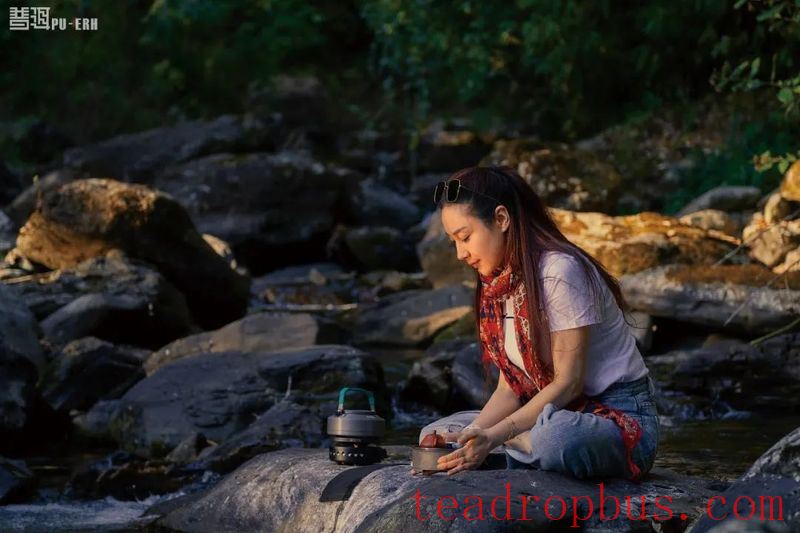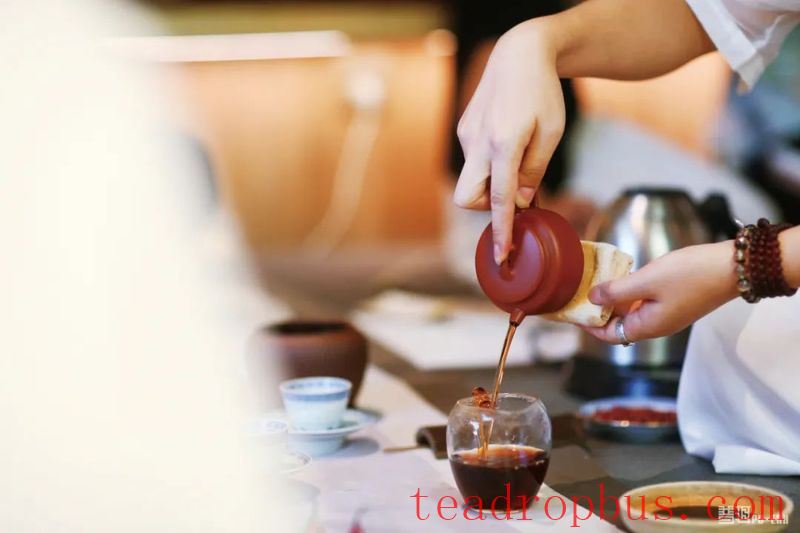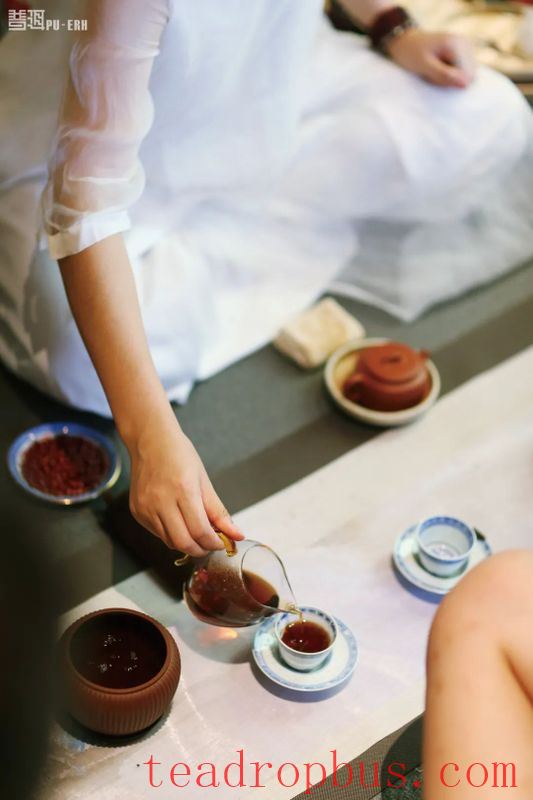As people gain a proper understanding of aged pu'er Tea, more and more tea enthusiasts are falling in love with this type of tea that is suitable for all ages and can be enjoyed throughout the year.
Although aged pu'er tea is favored for its mild nature and easy brewing, it is often criticized for its inconsistent quality and the presence of inferior products. How can one accurately select a preferred aged pu'er tea at a reasonable price? Let's explore together.

Four Principles Not to Buy
When consumers choose aged pu'er tea, there are some teas that can be ruled out. This is because such teas either present risks or are clearly traps. When buying tea, we need to avoid risks and steer clear of pitfalls.
First, don't buy newly Fermented tea. Newly fermented aged pu'er often has a strong heap flavor and doesn't taste good. The average consumer also finds it difficult to discern its quality, which introduces uncertainty and risk into the selection process. Newly fermented aged pu'er usually needs to be stored in the factory for a certain period to dissipate the heap flavor before being made into finished products and put on the market. However, some freshly fermented or incompletely heap-dissipated aged pu'er may enter the market. Consumers need to be able to identify these.

Second, don't buy newly pressed tea. Before being pressed into Compressed tea, aged pu'er undergoes moistening to facilitate shaping. Newly pressed aged pu'er will be in a short-term state of distortion, where the tea soup often exhibits abnormal characteristics like separation of tea and water, and there might still be a heap flavor. This distorted state typically lasts from one month to several months, affecting our judgment of its quality. Therefore, it is recommended that consumers do not purchase aged pu'er during its distorted phase, especially when making large purchases.
Third, don't buy if the price is too cheap. The principle is simple: you get what you pay for. If the price of a product is too low and does not make sense, the product is likely to be subpar. Unless the seller is willing to take a loss to gain popularity, which is unlikely.
Fourth, don't buy if it has an overly famous name. Some aged pu'er on the market claim to come from famous mountains or villages but are sold at ordinary tea prices, or even particularly low prices. Comparing these claims to the raw tea prices of thousands or tens of thousands of yuan from those famous mountains and villages, it becomes clear that they are not credible.

Three Selection Criteria
The quality of aged pu'er tea depends on the ingredients used, fermentation process, and storage conditions. The three criteria for selecting high-quality aged pu'er tea essentially involve judging these three aspects and ultimately making a choice based on cost-effectiveness.
If we were to elaborate on these three aspects, it would likely require a lengthy explanation. The Yipin Tea Enthusiasts Club, through long-term practice, has summarized a few easily understandable and memorable selection criteria: pleasant aroma and taste, pliable and malleable, suitable for Steeping and cooking.
First, pleasant aroma and taste. A high-quality aged pu'er should have a pure and pleasing aroma. It can carry a slight heap flavor due to insufficient aging, or a slightly dull scent due to storage, but it must not have any unpleasant or repulsive odors. High-quality aged pu'er has a warm and soothing aroma that invigorates the senses. Good aged pu'er always carries a hint of sweetness in its aroma. To determine whether a tea tastes good, the final test is how it tastes. A high-quality aged pu'er should be enjoyable and comforting to drink.
Pleasant taste is a non-quantifiable comprehensive indicator that may vary due to individual preferences, but truly high-quality aged pu'er can win over the palates of most tea enthusiasts. It is worth emphasizing that, when tasting, attention should be paid not only to taste but also to bodily reactions. High-quality aged pu'er can warm the stomach and make one feel comfortable in the body.

Second, pliable and malleable. Kneading is a way to perceive the quality of the leaves of aged pu'er. If an aged pu'er uses high-quality ingredients and the fermentation process is well-executed, the leaf base will generally be soft and active, without a prickly feeling when rubbed. Aged pu'er that uses good ingredients and undergoes light fermentation will show excellent activity; when held in the hand and kneaded, it can form a tea ball, which is quite interesting. This indicates a rich content of pectin, polysaccharides, and other internal substances. Such aged pu'er often has a richer taste and may even resemble older raw pu'er to some extent.
Third, suitable for steeping and cooking. High-quality aged pu'er can be brewed without fuss, whether lightly or strongly, and is good for long infusions, or even for boiling, producing delightful results. This is because the internal quality is good, and the soluble substances provide a pleasant taste, regardless of the method of brewing, infusing, or cooking. Encountering such a fine tea, if the price is right, is a blessing. Only aged pu'er that excels in terms of ingredients, fermentation, and storage can perform so well.
This article is excerpted from “The Five, Four, Three, Two, One of Selecting Aged Tea.”
Author | Kai Shi
Original article published in Pu'er Magazine, June 2025 issue
Information is valuable when shared. If there are copyright issues, please contact us for removal.